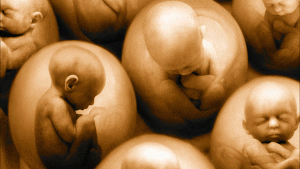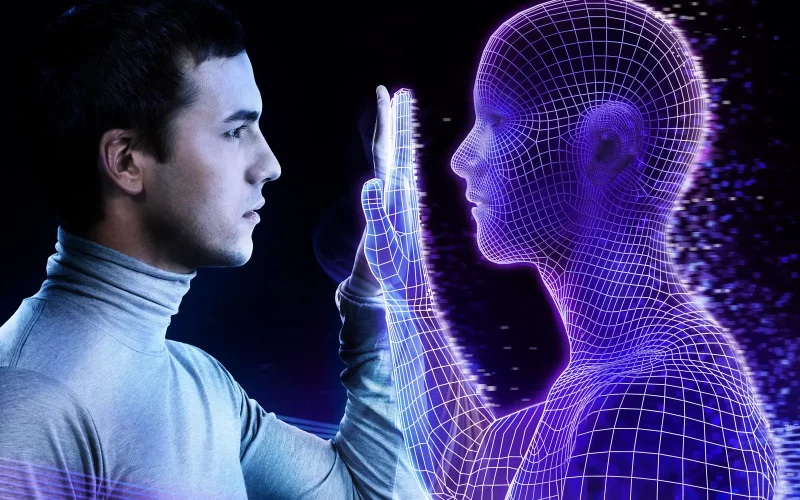Understanding Human Cloning
Truth About Cloning involves creating a genetically identical copy of a living organism, achieved by transferring genetic material into an egg with its genetic material removed. Historical Roots: The concept of cloning isn’t new; ancient Greeks and Romans contemplated creating identical copies of living organisms. However, substantial progress emerged in the 20th century. Milestones in Cloning: The first successful animal clone was a frog in the 1950s. Breakthroughs continued, leading to the iconic cloning of Dolly the sheep in 1997 through somatic cell nuclear transfer.

The History of Cloning Research
- Evolution of Cloning: Tracing back to the 1950s, scientists embarked on cloning various animals. Dolly’s cloning marked a pivotal moment, propelling cloning research into medicine and agriculture.
- Current Applications: In medicine, cloning is explored for disease treatment and organ transplantation. In agriculture, it contributes to creating genetically identical livestock for higher meat and milk yields.

The Ethics of Human Cloning
- Organ Harvesting and Specific Purposes: Critics argue that cloning could be misused to create humans for organ harvesting or specific roles, potentially leading to ethical dilemmas and societal concerns.
- Replication of Desirable Traits: The prospect of cloning individuals with desirable traits raises ethical questions about the potential creation of a genetically predetermined society.
Ongoing Ethical Debate
- Potential Benefits: Advocates contend that human cloning could aid infertile couples, prevent genetic diseases, and contribute to medical research by generating stem cells.
- Balancing Act: Despite the ethical debate, ongoing research aims to balance potential benefits with societal concerns and find a responsible path forward.

The Current State of Human Cloning
Challenges in Human Cell Manipulation: Human cells are delicate, posing challenges in the precise manipulation required for cloning. Researchers work on refining techniques for handling human cells.
Embryo Viability Concerns: Creating viable embryos through cloning involves replacing an egg cell’s nucleus with that of a somatic cell. However, the success rate remains low, with many embryos failing to survive.
Legal and Regulatory Landscape
Global Regulatory Measures: While there are no explicit laws prohibiting human cloning, strict regulations exist globally, with some countries outright banning it. The United States and Europe adopt a cautious approach.
Ethical Safeguards: Regulatory measures primarily address ethical concerns, such as the fear of creating clone armies or engaging in organ harvesting for nefarious purposes.
Public Perception and Misconceptions
- Educational Imperative: Despite human cloning being science fiction, public perception often leans towards misunderstanding. It is crucial to educate the public to dispel misconceptions and foster ethical discussions.
- Cloning Reality vs. Fiction: Clarify that cloning creates genetically identical individuals, not replicas. Address misconceptions about cloning as a means of achieving immortality.

The Future of Human Cloning
Regenerative Medicine: Human cloning holds promise in regenerative medicine, with cloned stem cells potentially treating a range of illnesses, from Parkinson’s disease to spinal cord injuries.
Trait Replication: Cloning could be used to replicate individuals with exceptional traits, contributing to advancements in various fields, from scientific research to sports.
Addressing Ethical Concerns
Potential for Abuse: A significant ethical concern revolves around the potential misuse of cloning, leading to the creation of individuals for specific purposes, challenging natural development.
Safety Considerations: Ensuring the safety and ethics of the cloning process is paramount, addressing concerns about the treatment for other health problems of clones and potential societal consequences.
Technological Advancements on the Horizon
Continued Research: Despite ethical concerns, ongoing research explores technological advancements like genome editing, gene therapy, and stem cell research, potentially paving the way for human cloning.

The Importance of Vigilance
- Potential Catastrophes: Unregulated cloning poses dangers, including creating humans for specific purposes, potentially leading to societal division and discrimination.
- Genetic Caste System: The unchecked creation of clones could establish a genetic caste system, raising questions about equality and fairness in society.
The Role of Government and International Bodies
- Regulatory Responsibility: Governments and international bodies must play a pivotal role in regulating cloning research, ensuring adherence to ethical standards and preventing misuse.
- Transparent Research: Transparency in research is crucial to building public confidence, fostering trust, and preventing unethical practices.
Educating the Public and Encouraging Dialogue
- Science Law: Advocacy for laws regulating cloning technology emphasizes the need for responsible and ethical research for societal benefit.
- Promoting Ethical Dialogue: Encouraging ongoing dialogue between scientists, policymakers, and the public is essential for creating effective regulations that align with societal values.
Conclusion
While human cloning is currently confined to science fiction, vigilance is vital. Striking a balance between potential benefits, ethical considerations, and responsible regulations will shape the future of cloning research.
Governments and the public must actively engage in shaping the ethical landscape of cloning, ensuring that any research aligns with societal values.
In conclusion, the journey of human cloning, from its historical roots to the complexities of the present, underscores the importance of a vigilant, ethical, and responsible approach for the betterment of society.











